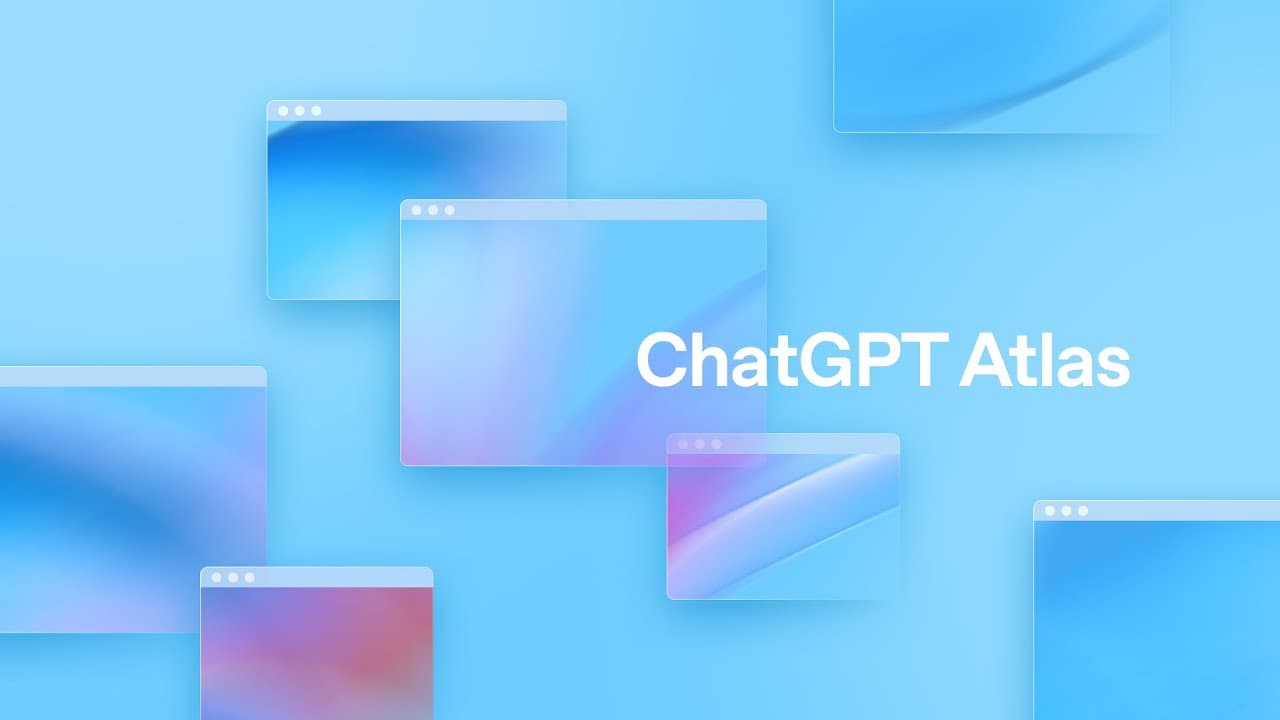Business Impact: Agentic AI turns commercial pharma into a faster, leaner, compliant growth engine
Facing margin compression, supply shocks, and a patent cliff that could imperil ~$300B in revenue by 2030, pharma needs more than automation. Agentic AI-autonomous, policy-aware agents that plan, act, and learn-can cut months from launch timelines, de-risk supply, and shrink MLR bottlenecks while maintaining auditability. Early movers will set a higher operating tempo and capture share in precision markets where speed and personalization win.
Executive Summary
- Protect revenue: Compress time-to-market and reduce rework. Analyses suggest agentic AI can automate up to 45% of clinical and operational tasks and shave months off trial and launch cycles (McKinsey, IQVIA).
- Modernize at lower TCO: Use modular orchestration, robust data governance, and human-in-the-loop controls to avoid vendor lock-in and align with FDA/EMA and EU AI Act requirements.
- Win the edge in engagement: Hyperpersonalize HCP/patient journeys, improve adherence and access, and build institutional knowledge that compounds advantage over 3-5 years.
Market Context: The competitive landscape just shifted
Precision medicine and personalized HCP engagement are increasing content and regulatory burdens, slowing launches and raising costs. Supply-chain volatility persists. Meanwhile, the EU AI Act begins phased obligations in 2025-2026 and regulators expect transparency, audit trails, and bias controls for AI in GxP contexts. In this environment, agentic AI that orchestrates cross-functional work-R&D to commercial—becomes a strategic lever for speed, quality, and compliance.

Opportunity Analysis: Where agentic AI creates outsized value now
- Agentic MLR orchestrator: Auto-generate claim-ready content tied to label, route for review, maintain evidence traceability, and produce audit packs. Target 30-50% cycle-time reduction and fewer findings.
- Label-to-asset compliance agents: Continuously monitor omnichannel (CRM, web, rep assets) for off-label risk, version drift, and consistency; trigger remediation with full audit logs.
- Trial-to-launch acceleration: Agents optimize protocol design, match patients to sites, and harmonize regulatory submissions—cutting recruitment and submission timelines by weeks to months.
- Dynamic demand-supply agents: Predict demand at SKU and geography level, orchestrate CMOs, and rebalance inventory to reduce stockouts, waste, and expedited shipping costs.
- Field force and HCP engagement: Next-best-action, call planning, and content personalization across Veeva/Salesforce with human-in-the-loop guardrails to boost reach and ROI.
Action Items: Move in 90 days for measurable advantage
- Appoint a C-level sponsor and a cross-functional commercial AI council (Medical, Regulatory, Legal, Market Access, Supply) with clear decision rights.
- Select two pilot markets and three use cases (e.g., MLR orchestration, label-to-asset compliance, demand-supply balancing). Set baselines and KPIs: MLR cycle time, cost per asset, recruitment speed, forecast accuracy, deviation rate, compliance exceptions.
- Stand up the data backbone: unify label/IDMP and Veeva Vault data, CRM/MA, safety, and supply planning; enforce PHI/PII safeguards, lineage, and immutable audit logs.
- Choose an orchestration layer with guardrails: human-in-the-loop, policy engines, role-based access, model observability, and BYO-model support to avoid lock-in.
- Operationalize compliance: model cards and validation for GxP, bias and performance monitoring, retention/traceability policies aligned to FDA/EMA guidance and the EU AI Act.
- Upskill talent: train MLR reviewers, medical affairs, quality, and field teams to work with agents; hire product managers and prompt engineers; reward adoption.
- Negotiate vendor terms: portability clauses, data egress, API access, and security SLAs; prefer modular contracts aligned to ROI milestones.
Sources: McKinsey (reimagining life-science enterprises with agentic AI), IQVIA (agentic orchestration in life sciences), DIA Global Forum, Salesforce, Cognizant, PharmTech. Estimates reflect recent industry analyses; validate with your data and controls.




